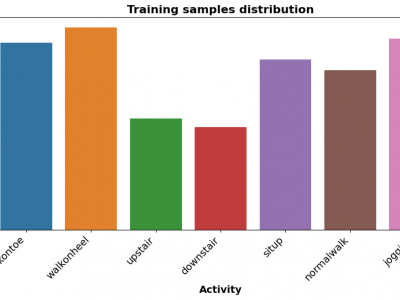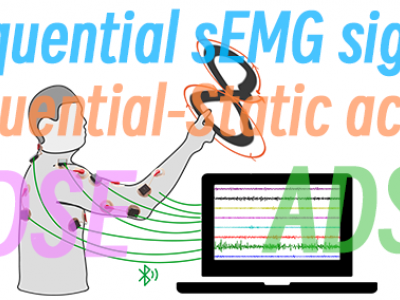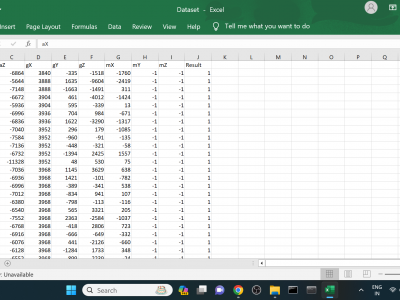Wearable Sensing
The Human Activity Recognition (HAR) dataset comprises comprehensive data collected from various human activities including walking, running, sitting, standing, and jumping. The dataset is designed to facilitate research in the field of activity recognition using machine learning and deep learning techniques. Each activity is captured through multiple sensors providing detailed temporal and spatial data points, enabling robust analysis and model training.
- Categories:
 254 Views
254 Views
Wild-SHARD presents a novel Human Activity Recognition (HAR) dataset collected in an uncontrolled, real-world (wild) environment to address the limitations of existing datasets, which often need more non-simulated data. Our dataset comprises a time series of Activities of Daily Living (ADLs) captured using multiple smartphone models such as Samsung Galaxy F62, Samsung Galaxy A30s, Poco X2, One Plus 9 Pro and many more. These devices enhance data variability and robustness with their varied sensor manufacturers.
- Categories:
 696 Views
696 Views
The dataset consists of 4-channeled EOG data recorded in two environments. First category of data were recorded from 21 poeple using driving simulator (1976 samples). The second category of data were recorded from 30 people in real-road conditions (390 samples).
All the signals were acquired with JINS MEME ES_R smart glasses equipped with 3-point EOG sensor. Sampling frequency is 200 Hz.
- Categories:
 175 Views
175 Views
The dataset involves two sets of participants: a group of twenty skilled drivers aged between 40 and 68, each having a minimum of ten years of driving experience (class 1), and another group consisting of ten novice drivers aged between 18 and 46, who were currently undergoing driving lessons at a driving school (class 2).
The data was recorded using JINS MEME ES_R smart glasses by JINS, Inc. (Tokyo, Japan).
Each file consists of a signals from one sigle ride.
- Categories:
 78 Views
78 Views
Highly accurate and lightweight automated movements quality assessment is essential for home rehabilitation patients. We propose a method for the assessment and quantification of movement quality based on the differential feature segments, the objective is to emulate the expert evaluations of physicians as closely as possible with minimal data features. Employing the Gaussian mixture model (GMM) to divide continuous trend time-series data into fragment features, defined as feature segments.
- Categories:
 276 Views
276 Views
Autistic people typically need methodical support as they explore and interact with their immediate surroundings and the objects associated with them, emphasising the importance of spatial knowledge and cognitive skills in improving and understanding their surroundings. The objective of this research paper is to present a conceptual and technical framework that could be of significant assistance in developing spatial ability and cognitive skills in autistic people.
- Categories:
 229 Views
229 Views
The performance, repeatability, and stability of the sensor were measured,Sensors are applied to gesture recognition and human-computer interaction. By utilizing wavelength division multiplexing technology, multiple sensors measure finger movements and improve recognition accuracy through backpropagation neural network algorithms. Five commonly used gestures were recognized and the sensor posture was determined based on light intensity.
- Categories:
 81 Views
81 Views<p><span style="color: #3c4043; font-family: Inter, sans-serif; font-size: 14px;">The dataset is collected from 3 MPU9250 sensors connected simultaneously on different positions of the hand. One sensor was placed on the wrist, another between wrist and elbow and another between elbow and shoulder. The dataset contains a 3-axis accelerometer, 3-axis gyroscope and 3-axis magnetometer readings along with a result column in which '1' denoted shaking hand and '0' denoted stable hand.
- Categories:
 832 Views
832 Views


